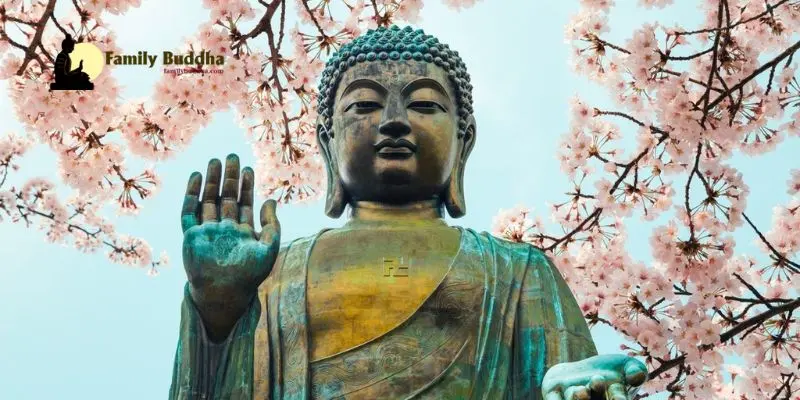Have you ever wandered through a serene Buddhist temple, the air thick with incense and the murmur of chants, and noticed the quiet presence of a water buffalo statue? This seemingly simple creature, often overlooked amidst the grandeur of temple architecture and the intricate symbolism of Buddhist iconography, holds a profound meaning within the spiritual landscape of Buddhism. As the Vietnamese proverb wisely states, “Con trâu là đầu cơ nghiệp” (The water buffalo is the head of the family’s assets), highlighting the animal’s importance in Vietnamese culture, particularly in rural life. In Buddhism, the water buffalo takes on a deeper significance, representing core tenets of this ancient philosophy.
The Water Buffalo: A Symbol of Patience and Endurance
In Buddhist teachings, the water buffalo often embodies the virtues of patience, endurance, and diligent effort. Just as a water buffalo tirelessly plows the field, bearing the heat of the sun and the weight of its burden with unwavering perseverance, so too must a spiritual seeker diligently cultivate the path to enlightenment. This path, like the farmer’s field, requires consistent effort, unwavering focus, and the ability to endure challenges with grace.
This symbolism resonates deeply in Vietnamese culture, where the water buffalo is revered as a vital part of agricultural life. Its strength, resilience, and unwavering dedication to its task mirror the qualities valued in individuals striving for spiritual growth within Buddhist teachings.
Taming the Wild Mind: The Buffalo Mind Analogy
One of the most powerful metaphors associated with the water buffalo in Buddhism is the concept of the “buffalo mind.” This analogy, vividly described in Zen Buddhism, compares the untamed mind to a wild buffalo, prone to wander aimlessly, driven by desires, and easily agitated. Just as a farmer patiently trains a wild buffalo to become a valuable companion, so too must a practitioner of Buddhism tame their mind through meditation and mindfulness.
This process of taming the “buffalo mind” is not about suppressing thoughts or emotions but rather observing them without judgment, acknowledging their fleeting nature, and gradually training the mind to become calm, focused, and clear. This inner transformation, much like the transformation of the wild buffalo into a helpful creature, leads to greater peace, compassion, and wisdom.









